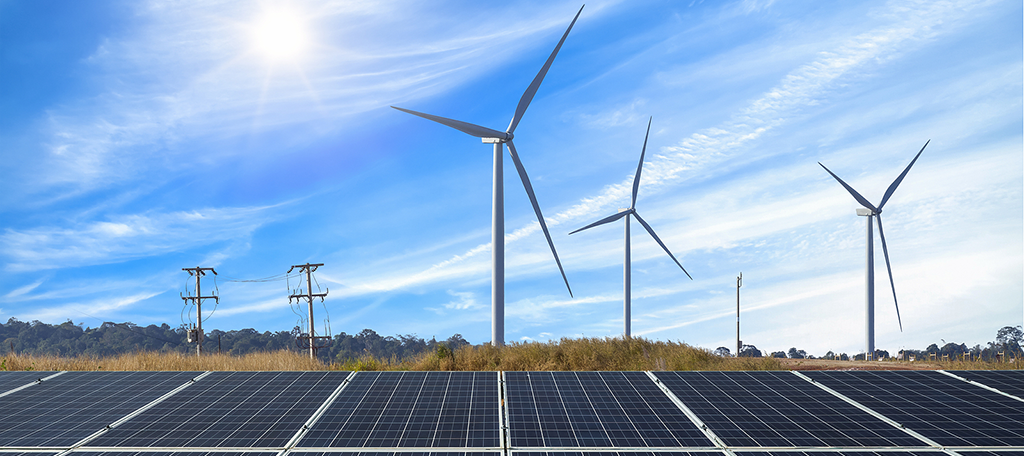Eco-Green: Investigating the Advantages of Geothermal Energy
While the world steadily redirects its focus to eco-friendly power sources, geothermal energy emerges among one key some of the most promising sources of renewable energy. Tapping the the Earth’s natural thermal energy, geothermal energy has the potential to deliver a reliable and stable energy supply and significantly lowering our carbon footprint. Through progress in technology along with increased recognition of global warming, the exploration of geothermal energy has gained traction to become a crucial aspect in the array of renewable resources.
From innovative drilling techniques to advanced geothermal systems, the landscape of geothermal energy is transforming swiftly. It works alongside various technologies in the renewable sector, such as solar as well as wind energy, to establish a well-rounded energy mix. In examining the advantages of geothermal energy, we look into its role in not only enhances energy security but additionally plays a crucial role in combating global warming and promoting sustainable development globally.
Geothermal Energy: Harnessing our planet's Heat
Geothermal energy is one of the most exciting renewable energy sources offered today, leveraging the innate heat stored beneath the planet's surface. This clean energy technology exploits the heat produced from the Earth's core, which can be utilized for direct heating, electricity generation, and even for agricultural purposes. With its capability to provide a reliable and trustworthy energy source, geothermal energy has the potential to significantly reduce dependence on fossil fuels and minimize greenhouse gas emissions.
The technology behind geothermal energy has progressed considerably, making it increasingly efficient and available. Enhanced geothermal systems and improved drilling techniques have opened up new locations for energy extraction, broadening the geographical range where geothermal energy can be captured. Many countries are now putting resources into geothermal power plants and infrastructures, fostering local economies and generating jobs in the renewable energy sector.
Additionally, the environmental footprint of geothermal energy is minimal when contrasted with other energy sources. It offers a sustainable method for energy production without the land requirements challenges of solar and wind installations. As the world transitions toward cleaner energy solutions, geothermal energy is prominent as a crucial component in the transition to a greener future. Its reliability and low emissions contribute substantially to achieving international energy goals while promoting environmental stewardship.
Developments in Sustainable Energy Solutions

The landscape of renewable energy is quickly changing, inspired by cutting-edge solutions that boost effectiveness and renewability. Among the major breakthroughs are those in photovoltaics, where new materials are being developed to manufacture more high-performing solar panels. These innovations not only improve energy capture but also decrease financial barriers, making photovoltaics more available to a broader audience. Additionally, offshore solar installations are emerging as a groundbreaking way to capture solar energy on lakes and rivers, lessening land use and enhancing energy production capability.
Wind power is also seeing dramatic changes. Breakthroughs in turbine technology and fabrication are leading to wind electricity options that are more productive and can operate in diverse environments, including open water. Advancements in advanced electrical grids are vital as they enable the incorporation of wind energy into the existing utility system. This fusion of innovative wind turbine systems and grid efficiency improvements is leading to a more sustainable and more consistent energy system.
In addition, the role of machine intelligence in renewable energy cannot be neglected. AI is being utilized to streamline power generation and consumption, anticipate maintenance needs, and improve storage solutions, which are necessary for a consistent renewable energy supply. By utilizing big data and data-driven algorithms, these technologies simplify operations and improve the performance of renewable energy systems, ensuring they can satisfy the rising requirement for renewable power.
The Future Domain of Renewable Energy
As we look towards the future, renewable energy is set to become the bedrock of global energy production, substantially reducing our dependence on fossil fuels. https://solarpaneloxfordshire.co.uk/ in scientific advancements are propelling this transformation, with dynamic systems like smart grids and advancements in battery storage enhancing efficiency and reliability. These evolutions are essential for accommodating the growing requirement for clean energy and allowing consumers to participate in energy management.
Geothermal energy stands out as one of the most promising frontiers in the renewable industry. By utilizing the Earth’s natural heat, this energy source offers a consistent and steady power supply, differing from more variable sources such as solar and wind. As innovative progress continues, we can expect more optimal methods of tapping geothermal resources, making them available even to regions that were once considered unsuitable for such energy utilization.
Moreover, the relationship of various renewable sources will shape energy systems of the future. We will witness a increase in integrated renewable systems that synthesize multiple energy sources, such as solar power, aerovoltaic, and geothermal, enhancing their combined output. This approach not only enhances energy resilience but also fosters the development of smart cities, where renewable energy blends seamlessly into daily life. With firm governmental support and public consciousness, the path to a viable energy future looks increasingly promising.